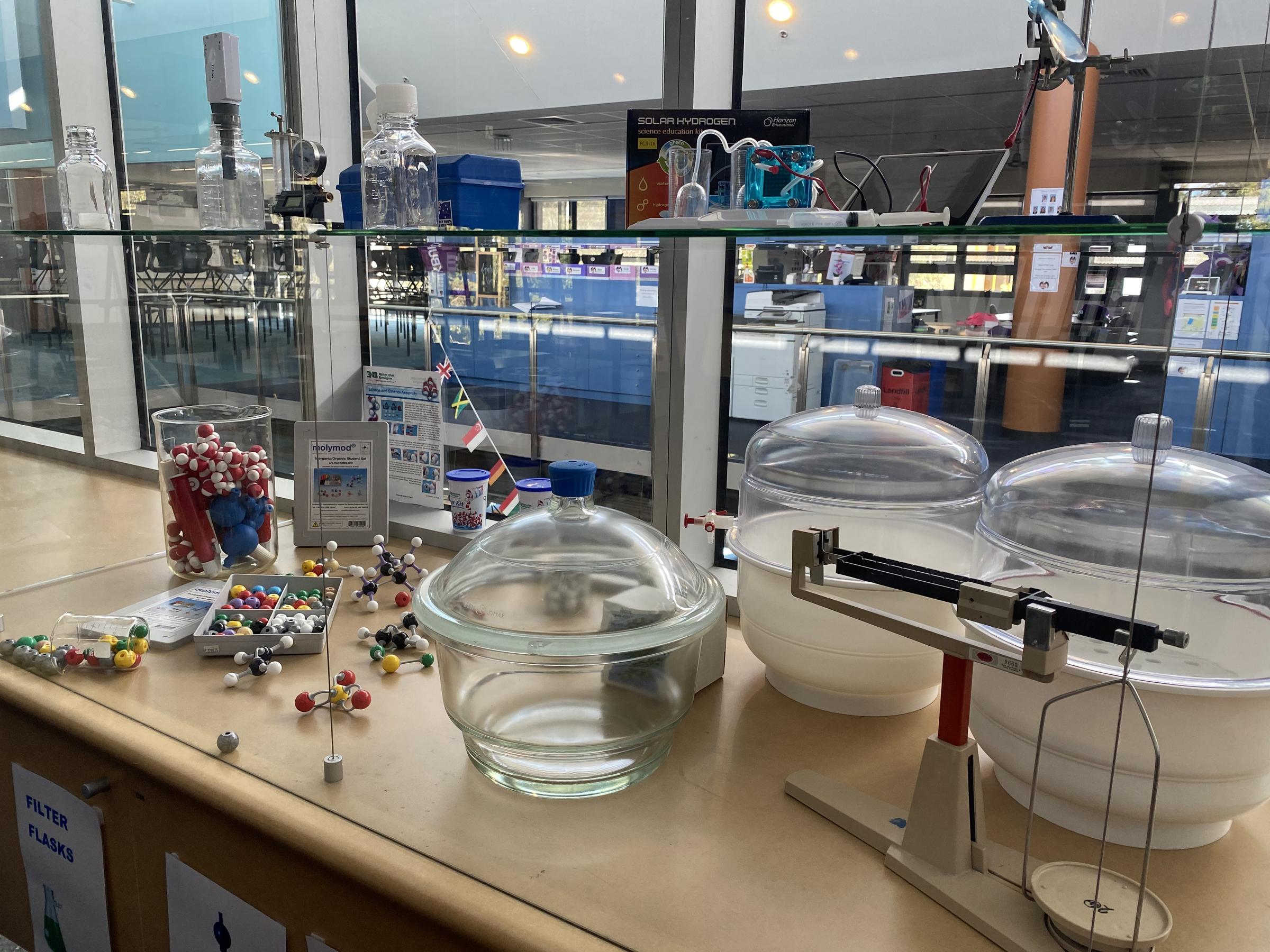Articles of Interest

Robot Beats Humans at Curling, Thanks to Deep Learning
UPIBrooks Hays
September 23, 2020
Researchers at South Korea's Korea University, and Germany's Berlin Institute of Technology and Max Planck Institute for Informatics, developed a deep learning algorithm that enabled a curling robot to beat human players. The team trained the robot, Curly, to evaluate and adapt to uncontrollable environmental conditions using a deep reinforcement learning system to help it compensate for uncertainties and take corrective actions. The scientists integrated this system with a previously developed strategy planning model, with the result that Curly outperformed expert human curlers. Korea University’s Seong-Whan Lee said, "The game of curling can be considered a good testbed for studying the interaction between artificial intelligence systems and the real world.”
5G Wireless May Lead to Inaccurate Weather Forecasts
Rutgers Today
September 24, 2020
A study by Rutgers University researchers found upcoming 5G wireless networks that expedite cellphone service may lead to inaccurate weather forecasts. Signals from 5G frequency bands could leak into the band used by weather sensors on satellites that quantify atmospheric water vapor. The Rutgers team used computer modeling to examine the impact of unintended 5G leakage into an adjacent frequency band in predicting the 2008 Super Tuesday Tornado Outbreak in the South and Midwestern regions of the U.S. The modeling found 5G leakage of -15 to -20 decibel Watts impacted the accuracy of rainfall forecasting by up to 0.9 millimeters during the tornado outbreak, and also affected forecasting of temperatures near ground level by up to 2.34 degrees Fahrenheit. Rutgers' Narayan B. Mandayam said, "If we want leakage to be at levels preferred by the 5G community, we need to work on more detailed models as well as antenna technology, dynamic reallocation of spectrum resources, and improved weather forecasting algorithms that can take into account 5G leakage."
Amazon Introduces the Amazon One, a Way to Pay with Your Palm When Entering Stores
TechCrunch
Sarah Perez
September 29, 2020
Amazon on Tuesday unveiled the Amazon One, a contactless scanner that will permit shopper to pay at Amazon Go outlets with their palms. Shoppers insert their credit card into the device and then hover their palm over it, to match their palm image to their payment mechanism. Amazon said the Amazon One uses computer vision technology in real time to generate the palm signature, which allegedly offers more privacy than other biometric authentication solutions. Images are encrypted and sent to a secure area in the cloud, where palm signatures are generated. The device is being tried out at two Seattle-area stores.
